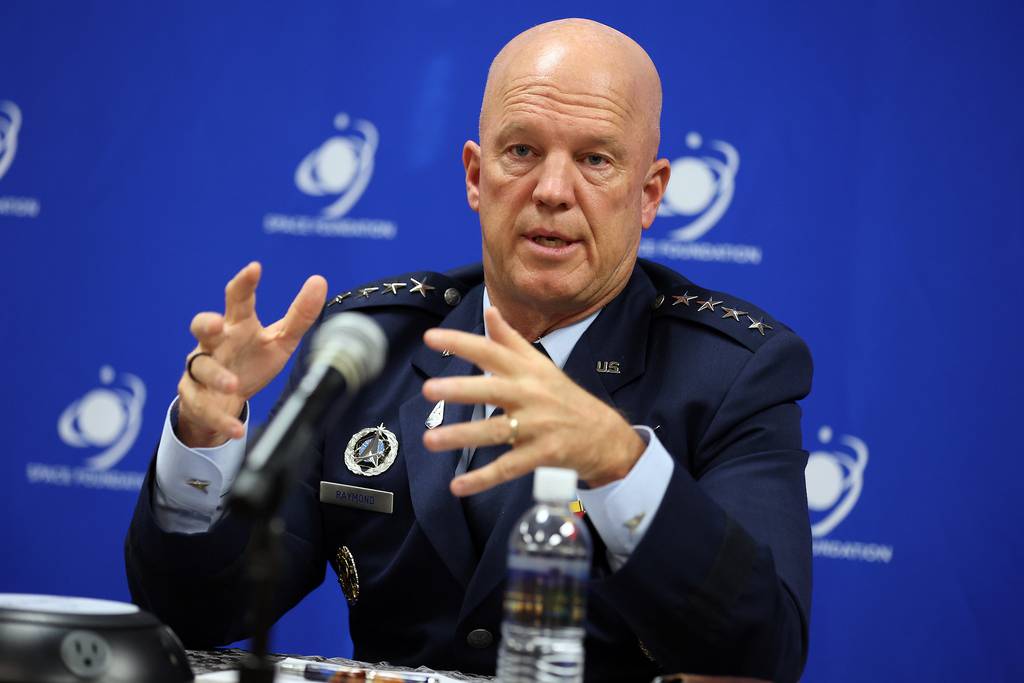WASHINGTON — The Space Force must reform its business practices to take full advantage of the resiliency and innovation commercial industry has to offer, according to the former chief of space operations.
In his first public appearance since retiring in early November, former Space Force chief Jay Raymond said that just as the U.S. Department of Defense depends on a strong relationship with international allies, it also relies heavily on commercial industry.
“Our commercial industry is a strategic advantage for our nation,” Raymond said Thursday during an event hosted by the Stimson Center, a non-profit think tank in Washington, DC. “We are working . . . to have a very close relationship with the commercial industry.”
The Space Force has made strides in recent years to strengthen that relationship. Earlier this year, it established a Commercial Services Office designed to expand the types of capabilities it draws from industry. The service has also created new ways for companies to interface with the acquisition community, including an online entry point called the “front door,” meant to help non-traditional industry share ideas and navigate the space procurement process.
Raymond said that while the Space Force has made strides, there are still barriers to overcome as it seeks to support industry needs and take advantage of commercial technology. One the biggest challenges, he said, is adapting DoD’s archaic business practices to an industry that is used to funding and fielding capability on much faster timelines.
“If I wanted to get money for a program, it takes two years to get dollars,” Raymond said. “Being able to synchronize DoD processes is an area that is going to continue to be a focus for the department, and specifically for the Space Force.”
Along those lines, the department is also working to better manage demand for commercial space services. Under Secretary of Defense for Research and Engineering Heidi Shyu announced Nov. 21 that she would establish a task force within the Pentagon’s Defense Science Board, to develop a “comprehensive plan” for how the department should use commercial space services.
The plan, which will be completed within one year, will address concerns around security and classification and recommend models for acquiring space services, according to a DoD memo.
Another challenge for the service is ensuring that it can provide the launch range support and infrastructure to keep up with growing commercial demand. The service expects to orchestrate more than 60 launches this year from Cape Canaveral Space Force Station in Florida, its busiest launch range. That’s up from 31 launches in 2021.
“The demand we see from commercial is a great benefit to us. It really helps us reduce launch costs, helps us with assured access to space,” Raymond said. “But it really puts a demand on the units that are supporting launch.”
Courtney Albon is C4ISRNET’s space and emerging technology reporter. She has covered the U.S. military since 2012, with a focus on the Air Force and Space Force. She has reported on some of the Defense Department’s most significant acquisition, budget and policy challenges.








